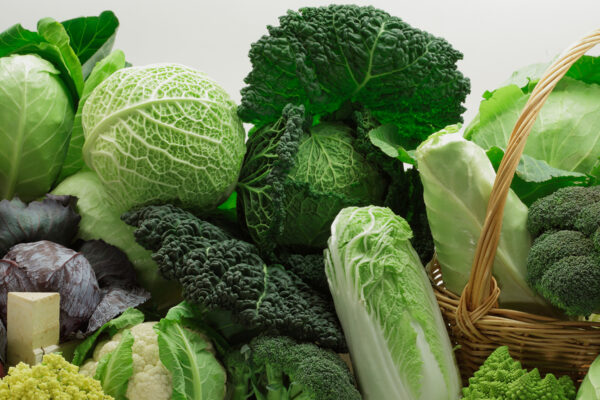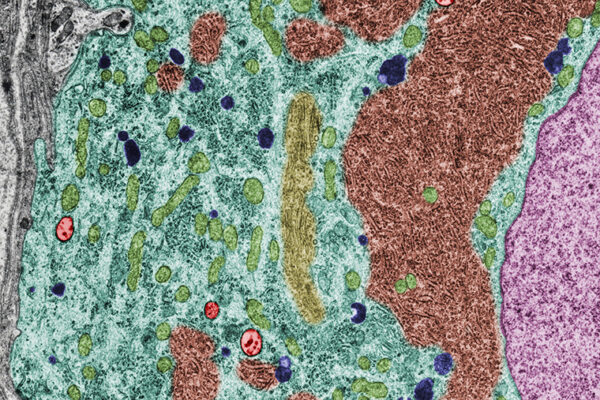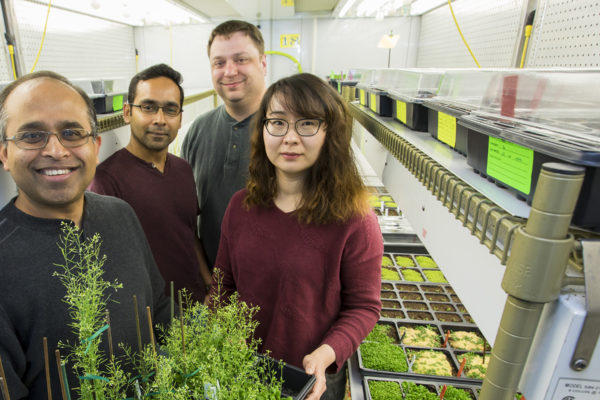And then there was light
New research from Washington University in St. Louis provides insight into how proteins called phytochromes sense light and contribute to how plants grow. Biologists used sophisticated techniques to structurally define the sequence of events that support the transition between light- and dark-adapted states.
Mustering a milder mustard
Biologists in Arts & Sciences have mapped the crystal structure of a key protein that makes the metabolites responsible for the bitter taste in cruciferous plants like mustard and broccoli. The results could be used along with ongoing breeding strategies to manipulate crop plants for nutritional and taste benefits.
Tidying up: A new way to direct trash to autophagy
Marie Kondo herself couldn’t do it any better. Now researchers at Washington University in St. Louis have uncovered a previously unknown structural feature of living cells that is critical to tidying up.
Bacteria in a changing environment
Petra Levin, professor of biology in Arts & Sciences, was recently awarded a $2 million grant to identify and characterize the molecular circuits that coordinate or limit the growth and reproduction of bacteria.
Keeping plant-cell motors on track
In a growing plant cell, motor proteins called kinesins work as transporters that haul materials built in one part of the cell to the place where they are needed. Now, biologists at Washington University in St. Louis have discovered the molecular brakeman that holds kinesins in check until their cargo is needed.
Heme Channel Found
Heme, a crucial component of the biomachinery that squeezes energy out of food, must be transported across membranes but without exposing its central iron atom to oxidation. Work at Washington University shows how it is done.





